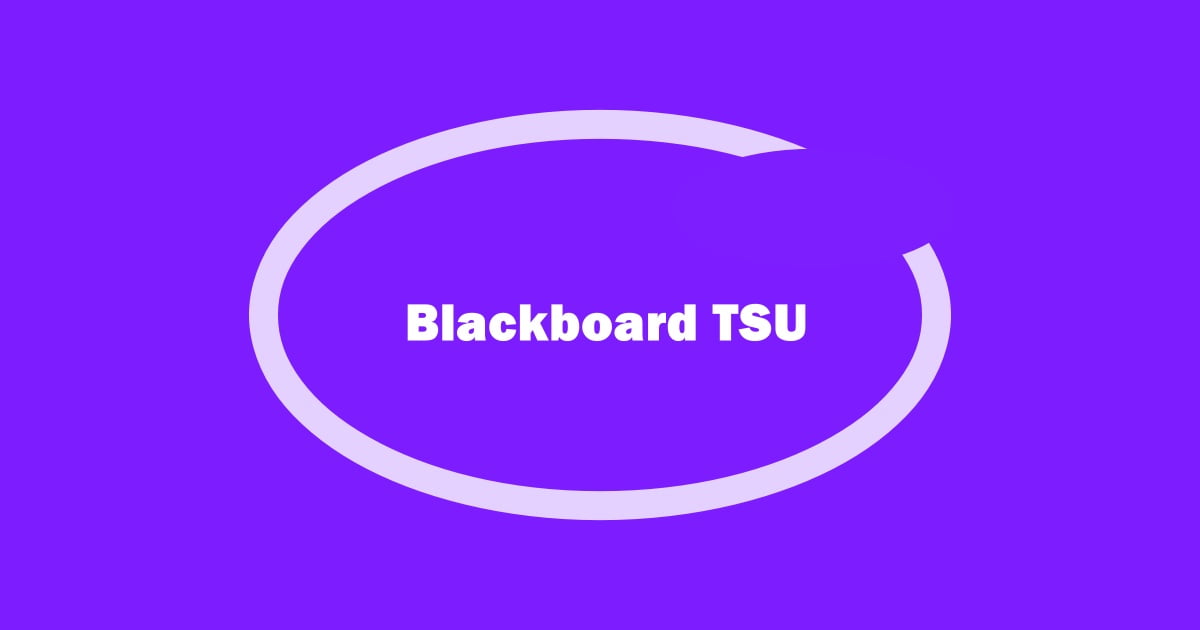Unlocking the Mystique of Tsu Blackboard: A Journey Through Japanese Culture
Tsu blackboard, a seemingly obscure concept, holds a wealth of secrets about Japan's rich cultural heritage. For centuries, this enigmatic term has intrigued scholars, enthusiasts, and curious minds, each seeking to unravel its mysteries. From its origins in ancient education to its significance in modern times, the Tsu blackboard is an integral part of Japan's fascinating cultural landscape. In this article, we'll delve into the world of Tsu blackboard, exploring its history, significance, and the ways in which it continues to captivate audiences today.
Tsu blackboard is often associated with traditional Japanese education, particularly in the Edo period (1603-1867). During this time, education was highly valued, and the Tsu blackboard played a crucial role in imparting knowledge to students. The term "Tsu" is derived from the Chinese character for "board," and "blackboard" was used to describe a writing surface made from blackened wood or bone. The Tsu blackboard was an essential tool for teachers, who would write important lessons and teachings on the board for students to study and memorize.
The Evolution of Tsu Blackboard
Over time, the design and materials used for Tsu blackboards underwent significant changes. During the Edo period, blackboards were made from wood, while later models were crafted from more durable materials like lacquer. The introduction of new technologies, such as graphite and oil-based paints, also revolutionized the Tsu blackboard. These innovations enabled teachers to write more legibly and for longer periods, making the teaching process more efficient and effective.
The Role of Tsu Blackboard in Traditional Education
The Tsu blackboard played a pivotal role in traditional Japanese education, serving as a tool for both teaching and learning. Teachers would write complex lessons and mathematical problems on the board, allowing students to study and memorize the material. The Tsu blackboard also facilitated the use of the "kanshi" system, a traditional Japanese method of teaching mathematics and problem-solving. By writing examples and problems on the board, teachers could help students develop their critical thinking skills and problem-solving abilities.
The Use of Kanshi in Traditional Education
Kanshi is a traditional Japanese method of teaching mathematics and problem-solving, which emphasizes the use of visual aids and written examples. In the context of the Tsu blackboard, kanshi involved writing mathematical problems and examples on the board, allowing students to visualize and understand the concepts. This approach enabled students to develop their problem-solving skills and critical thinking abilities, which were essential for success in traditional Japanese education.
The Significance of Tsu Blackboard in Modern Times
Despite the widespread adoption of digital technologies, the Tsu blackboard remains an important part of Japanese culture. In recent years, there has been a resurgence of interest in traditional education methods, with many schools and educators incorporating the use of Tsu blackboards into their curricula. This revival is driven by a desire to reconnect with the past and preserve Japan's rich cultural heritage.
The Revival of Traditional Education Methods
The revival of traditional education methods, including the use of Tsu blackboards, is driven by a desire to reconnect with the past and preserve Japan's rich cultural heritage. Many schools and educators recognize the value of traditional teaching methods, which emphasize hands-on learning, critical thinking, and problem-solving skills. By incorporating the use of Tsu blackboards into their curricula, educators can help students develop these essential skills and provide a more engaging and effective learning experience.
The Art of Writing with Tsu Blackboard
Writing on a Tsu blackboard requires a combination of skill, patience, and practice. The process of writing on a traditional Japanese board is often described as meditative, as the use of chalk or charcoal can be a calming and soothing experience. The act of writing on a Tsu blackboard also requires a high degree of skill and control, as the writer must carefully manage the movement of the chalk or charcoal to produce smooth, flowing lines.
The Importance of Stroke Order
Stroke order is a crucial aspect of writing on a Tsu blackboard. The correct stroke order is essential for producing legible and flowing lines, and it is often passed down from generation to generation. The traditional Japanese method of writing emphasizes the importance of stroke order, which is considered an essential skill for any writer or artist.
The Use of Different Chalks and Charcoals
Different types of chalks and charcoals can be used to write on a Tsu blackboard, each with its own unique characteristics and benefits. White chalk, for example, is a popular choice for writing on Tsu blackboards, as it produces a bright, clean line. Charcoal, on the other hand, is often used for creating bold, expressive lines and is prized for its unique texture and tone.
The Significance of Tsu Blackboard in Japanese Art and Culture
The Tsu blackboard has played a significant role in Japanese art and culture, particularly in the development of traditional Japanese art forms such as calligraphy and sumi-e. The use of chalk or charcoal on a Tsu blackboard allows artists to create bold, expressive lines and to experiment with different techniques and styles.
The Importance of Sumi-e
Sumi-e is a traditional Japanese art form that emphasizes the use of ink and brushstrokes to create subtle, nuanced paintings. The use of a Tsu blackboard as a surface for sumi-e painting is highly prized, as it allows artists to create bold, expressive lines and to experiment with different techniques and styles.
The Role of Tsu Blackboard in Japanese Literature
The Tsu blackboard has also played a significant role in Japanese literature, particularly in the development of traditional Japanese poetry and verse. The use of chalk or charcoal on
Conor Mason Bellamyisease
Did Karla Homolka Parents Forgive Her
Diabla Lara
Article Recommendations
- Nsfw Twitter
- Billytranger Things
- The Prophecy Taylorwift
- Dwayne Wayans
- Islon Musk Married 2024
- Icepice
- What Happened To Tia Mowryaughter
- Justine Musk
- Brad Renfro
- Abby Phillipalary Per Month



